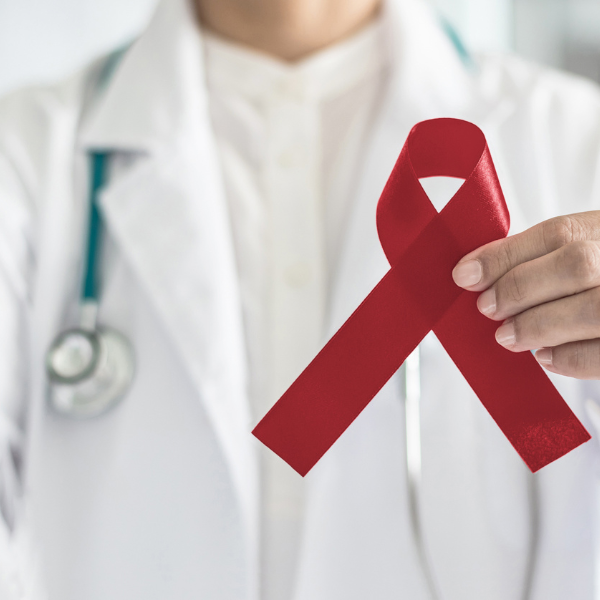Medications, specialist visits, healthcare, holidays to take or lost working days: more than half of multiple myeloma patients give up work. And one in four family members have to give up their employment.
The impact of multiple myeloma is devastating not only physically but also economically: it drastically reduces the ability to work for those affected by the disease, and in addition there are astronomical costs to be borne.
We are talking about cancer, which is diagnosed every year in about 5,700 Italians, mostly over 70, and which counts the musician Giovanni Allevi among its most illustrious victims.
While prospects for treatment are increasing thanks to stem transplants and, above all, to new-generation non-chemotherapy drugs – monoclonal antibodies, immunomodulators, proteasome inhibitors – there is an economic and social implication which has been analysed by the Italian Leukaemia Association, lymphomas and myelomas (Ail), in collaboration with EMN Research Italy, the Centre for economic and international studies and HTA (EEHTA) CEIS of Tor Vergata, and with the independent contribution of Sanofi and Takeda.
The “journey” through the direct and indirect economic costs of patients with multiple myeloma and their caregivers was carried out by means of a questionnaire developed by a group of experts, consisting of leading national haematologists and distributed in printed and online versions to patients belonging to the various haematology centres of EMN Italy – European myeloma network Italy and their caregivers.
Multiple myeloma is characterised by a high cost of the disease compared to other types of cancer for both the patient and the system: more than 10.000 euros per year, 78% of which is related to indirect costs and 22% to direct non-medical costs. That is, the loss of the ability to work, of working days for treatment or assisting those undergoing treatment. The end result is that 53% of patients stop working and so do 24.5% of the patient’s relatives.

